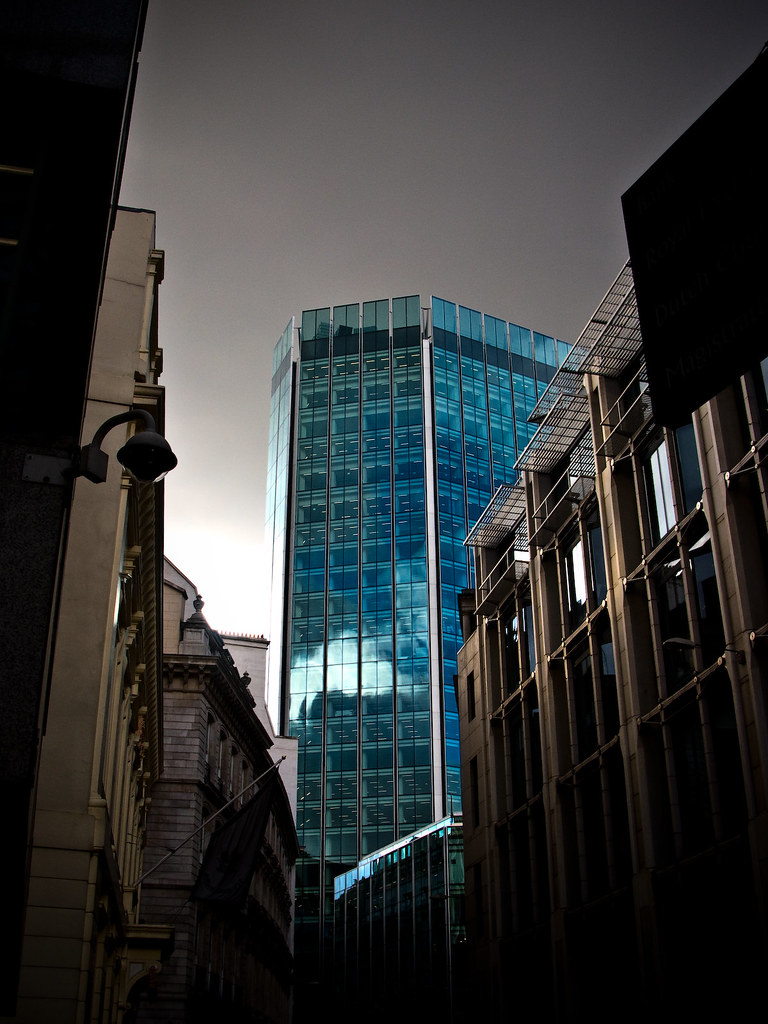I like that idea, the tower blocks were torn down for a variety of reasons -the look was unpopular and they degraded fast (concrete vs British weather), and the social problems resulting from islanding communities into working class ghettoes. Many of the estates were replaced by lowrise density in the late 90s-00s -the tower in the park idea afforded a generous supply of land, enough to even increase the population despite taking down the highrises.
The ones that have survived are pretty much taken over by the middle classes now -and a rash of recladding. The Grenfell Tower is a classic case- an impoverished development where some flats were going for half a million, where the artifice of 'improvement' literally killed off the community. The developers like to advertise the fact the former residents were paid off multiple times what they originally bought their properties with, but forget to mention that despite that prices are so ridiculous they likely had to move out of the city.
As for the office towers many got a new layout a reclad and new glass, and some are unrecognisable. The building with the green roof next to it below is one of them:

The London Stock Exchange was notoriously ugly (literally shit brown concrete that started out white), that was redone in the mid noughties. They're talking about another reclad now
because the green glass is so dated:

Many just went the way of the wrecking ball -this trio for example - I really liked the one on the right. The one in the centre was replaced with a 990ft tower, on the left a 738 footer,
the one on right will be a supertall. Of course the only way to build in the financial district is on postwar buildings.




